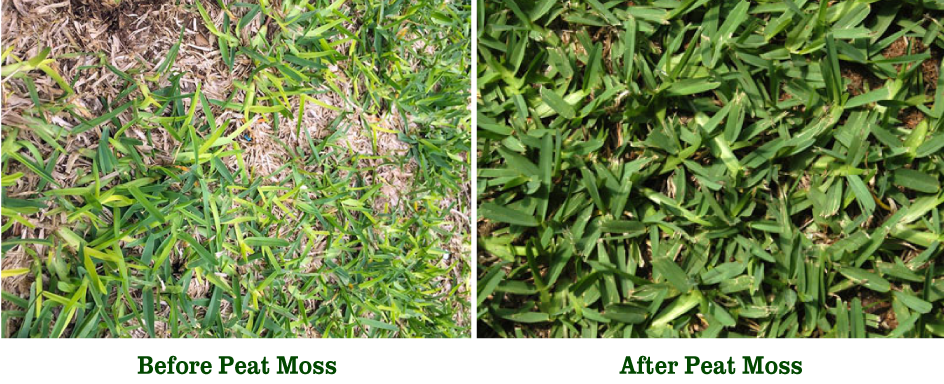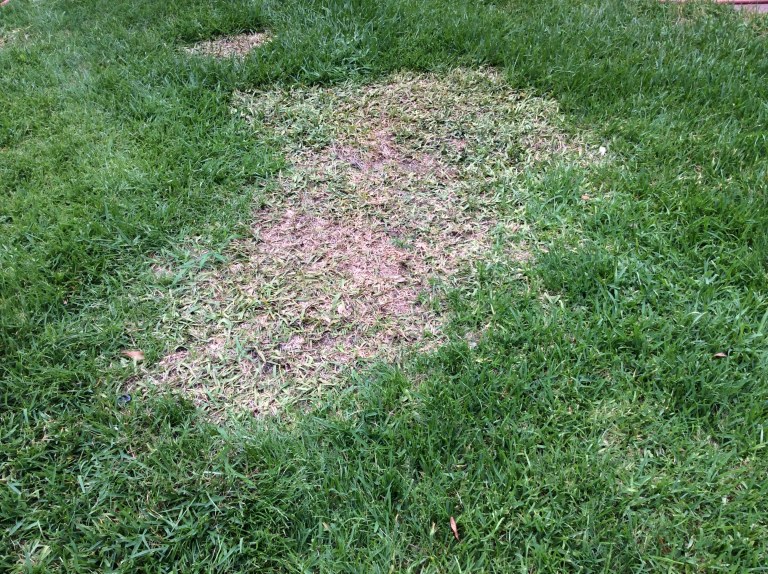Take-All Root Rot (TARR), or Take-All Patch, is a serious fungal disease affecting St. Augustine and Bermuda grass lawns in the Coastal Bend. I have diagnosed 4 cases in the last 7 days, with lawn damage ranging from a few small dead spots up to an 80% dead lawn overrun by weeds, which last year was a great source of pride to the now-dismayed owner.

High soil pH, soil compaction, too much or too little fertilizer, too much or too little irrigation, or herbicide injury are all stress factors that can make lawns more susceptible to TARR. TARR is related to but different from Large Patch (Brown Patch), which we commonly see in Fall and Winter. Large Patch results in temporary brown roughly circular patches during Winter but the lawn revives in Spring, whereas TARR kills roots and runners completely and the lawn will not recover on its own.

TARR, like Large Patch, can be spread by mowers, foot traffic, birds, and wind. TARR cannot be cured or eliminated, but it can be suppressed by cultural practices or by fungicide use. We prefer to treat organically by spreading one 3.8 cubic foot bale of Canadian peat moss over 1000 square feet of lawn in October or November, followed in March by Natures Blend compost at one bag per 50 square feet of lawn. We have had good results in restoring lawns with this method. Or you can choose to apply Fertilome F-Stop fungicide granules in October, November, December, and January, once a month. For patches 3 feet across or more, I recommend plugging Floratam St. Augustine into the dead areas, with a little Natures Blend compost beneath and on top.
First visual symptoms of TARR are yellow patches or strips, followed by thinning brown patches of lawn with a few unhealthy tufts of green, showing some dead brown runners and darkened, weak, unhealthy roots. Confirmation of TARR requires a microscope to observe a network of black filaments running over the surface of infected stolons (runners). Bring in a sample of diseased but still living runners (not completely brown and dead), and we can advise you on best cultural practices to have the best lawn possible.

– James Gill



Geni says
I have alot of bare patches in my st agustine. I am pretty sure I have TAAR again. At this late date shout I continue to treat the areas and then seed with rye for the winter. I’ve in Plano tx